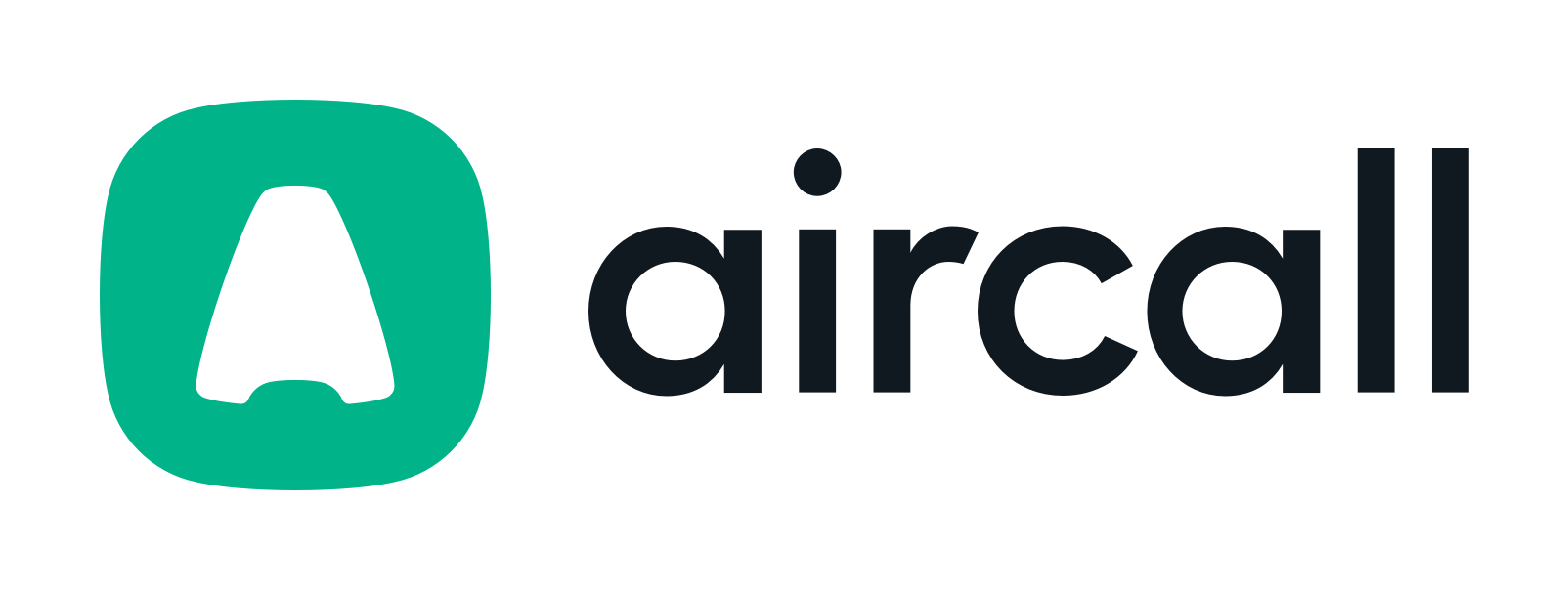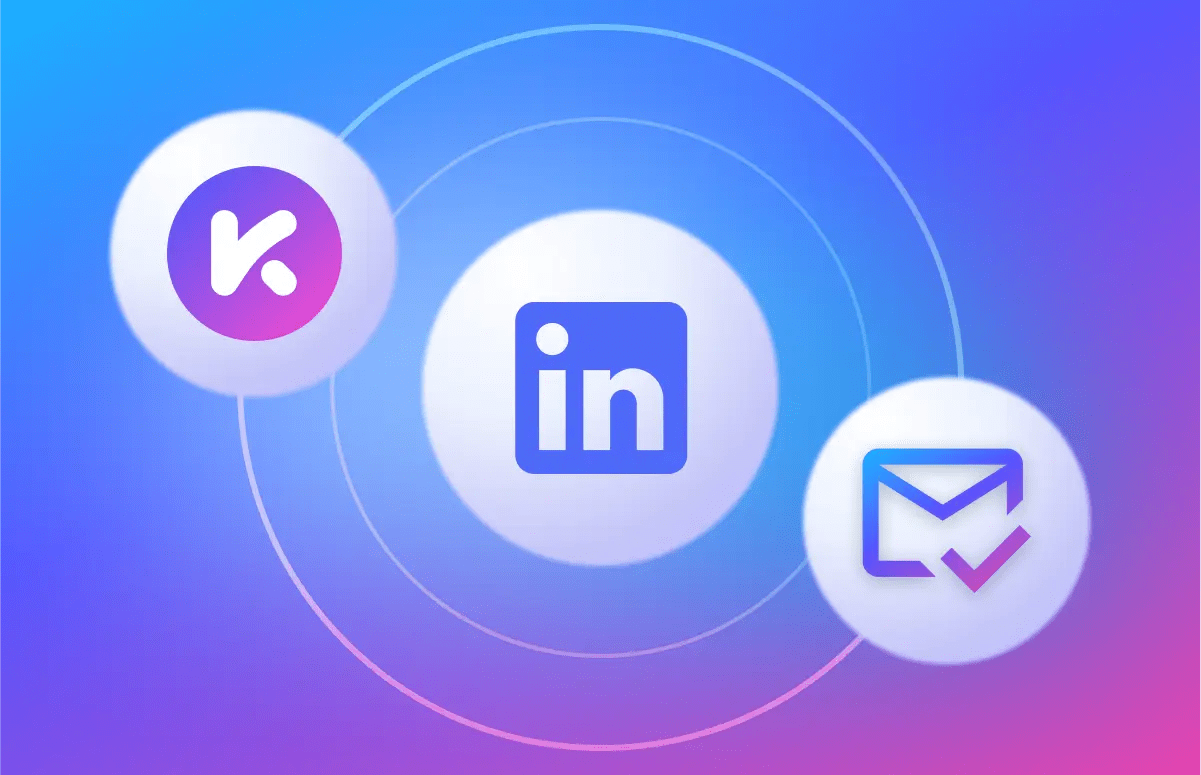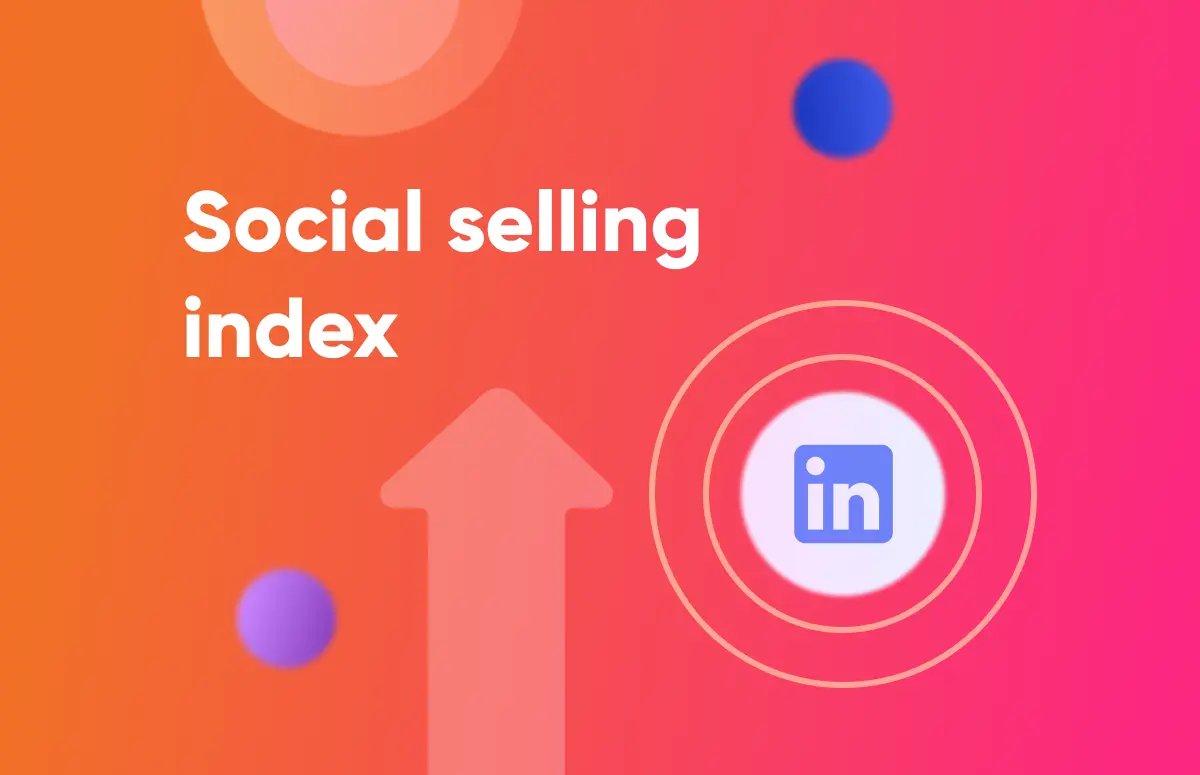![How to Get Phone Numbers From LinkedIn [Step-By-Step]-festured-image](https://6052405.fs1.hubspotusercontent-na1.net/hubfs/6052405/EN_resource-card-how-to-get-phone-numbers-from-linkedin.png)
What Are InMail Credits? How to Use Them on LinkedIn

There are several ways to connect with new users and prospects on LinkedIn. The most popular ones are interacting with them through a post comment, a connection request, or an InMail message.
InMail messages help you bypass some of LinkedIn’s limitations. But let’s face it, like most cold outreach, they aren’t easy to get right.
You’ve got more space (and characters) to introduce yourself than with a connection request. According to LinkedIn’s data, InMail messages have a 300% higher response rate than email messages.
So, let’s dive in and discuss the fundamentals you need to know about InMail credits, including what they are, how to use them, and common issues to remember. 👇
What are InMail credits?
LinkedIn InMail credits are a paid feature that allows users to send direct messages to members they aren’t connected to. Your messages will appear in the other user’s inbox with an InMail tag. If users respond, it can begin a conversation even if you aren’t connected.
/inmail%20credits/sales-navigator-inmail-credits-screenshot.webp?width=1552&height=555&name=sales-navigator-inmail-credits-screenshot.webp)
(Source: LinkedIn)
InMail credits are available with LinkedIn Sales Navigator, LinkedIn Premium, and LinkedIn Recruiter Lite subscriptions. They are replenished monthly. Unused credits can roll over to the next month, but each type of premium plan limits how many credits you can accumulate.
Paid LinkedIn subscriptions include a varying number of credits based on your specific plan:
- Premium Career users get 5 credits monthly and can accumulate 15 credits.
- Premium Business users get 15 credits monthly and can accumulate 45 credits.
- Sales Navigator users get 50 credits monthly and can accumulate 150 credits.
- Recruiter Lite users get 30 credits monthly and can accumulate 120 credits.
Some plans allow you to purchase additional InMail credits. For example, Purchaser Admins on Recruiter Lite plans can purchase additional credits in sets of 10, with a max of 70 extra credits purchased per seat.
How to use InMail credits
We’ve got great news for sales development representatives and recruiters: Using InMail credits— including tracking available credits and message responses— is easy on all of LinkedIn’s priced plans.
1. Where to find the credits?
First, you can check the number of available InMail credits anytime.
LinkedIn Premium users can click on their profile picture and then click on “Premium features.” You can scroll until you find the InMail messages tab, showing you the number of available credits.
You can see your total available InMail credits whenever you draft a message to a user you aren’t connected with.
💡 Learn more about LinkedIn’s limits.
2. Write a compelling message
Next (arguably the most crucial step), you must compose a compelling InMail message. While the details will vary depending on the angle you want to take, a good InMail message should do the following:
- A compelling subject line that captures the user’s attention.
- Who you are and why you decided to reach out - think relevancy.
- Explain why you’re reaching out and believe you can offer value.
- Let the user know you’d love to talk to them more.
- Stay under the 1900 character limit.
Proofread the message, then hit the send button. The biggest point is that InMails shouldn’t be abused by repeatedly copying and pasting the same message or mass sending through automation tools. If you want a reply, you’ve got to lead with relevancy and value in the same way you do with any other channel.
3. Track responses
The final bit of the puzzle is to track your InMail responses. Which message got a reply? These are likely your front-runners. 🏇
So take them and iterate or A/B test another subject line. The point is that, like other channels, you should constantly test the waters.
Here are a few things to keep in mind:
- Users may read your InMail message and choose not to engage. You can’t send another follow-up message if they don’t begin a conversation.
- You can view all InMail messages in your standard message folder, viewing messages you’ve sent and whether or not users have engaged with them.
- Have LinkedIn notifications enabled so you receive on-platform and potentially email alerts when someone responds to an InMail message.
- Evaluate how users respond to your messages; you can test different approaches and see which yields higher response rates to optimize your messaging moving forward.
SDRs often benefit from using LinkedIn prospecting tools like Kaspr, which they use to build lists and collect contact data like B2B emails and phone numbers. This allows sales reps to reach out through cold calls or emails, avoiding quantity limitations that come with InMail metrics.
👉 Kaspr’s free to sign up for - You can test the data while waiting for that InMail reply.
/%5BPMM%202%5D%20-%20Boost%20pipeline/LinkedIn%20Chrome%20Extension%20UK%201%20(EN).webp?width=800&height=480&name=LinkedIn%20Chrome%20Extension%20UK%201%20(EN).webp)
Best practices for using InMail credits
Want to get the most out of your InMail credits? These strategies can help.
👉 Personalize your messages
Use the prospect’s name, note a commonality you share, and note their industry, position, or business. If the message recipient feels that you understand who they are and you can build rapport, you’ll likely see more success, so do your research before messaging.
👉 Target the right users
Your response rates will likely be low if you target the wrong users. This may mean you aren’t successfully finding users in your ideal customer profile (ICP) or struggling to connect with the actual decision-makers.
👉 Use smart credit allocation
The last thing you want to do is burn through all your credits on the first potential customers you find. Be strategic about who you send InMail messages to. You can consider building lists with tools like Kaspr to prioritize leads while prospecting.
👉 Focus on value-adds and pain points
If you can succinctly explain what kind of value you can offer and how it can resolve common customer pain points, you have a better chance of capturing their attention. Don’t be afraid to include statistics, like noting that “customers see an average of 25% reduction in costs” which will build trust and drive your point home.
👉 Try to make a connection
Did you love and agree with a post they recently shared? Capitalize on that to build rapport and establish an actual connection, increasing the odds of a response.
👉 Keep your messages brief
Data shows shorter messages (400 characters or less) have 22% higher InMail response rates. Share only enough information to get your point across.
InMail credits vs regular LinkedIn messaging
Are you wondering if LinkedIn Premium or Sales Navigator are worth the cost? You aren’t alone.
With prices starting at $29.99 for a LinkedIn Premium account and $79.99 per month for a Sales Navigator subscription, getting InMail credits is expensive for small sales teams and individual contributors.
To help you decide, let’s review the key differences between InMail credits and regular on-platform messaging:
- InMail allows you to start conversations with users you aren’t yet connected to, while regular messaging is limited to first-degree connections.
- InMail messages have 1900 character count limits, while connection request messages only have 300-character count limits.
- InMail messages only allow you to send an initial message; the other user must respond so you can continue messaging them without becoming a connection.
- InMail credits are only available with paid plans, while regular messaging is available to all platform users.
Here’s a quick breakdown. ⤵️
Free?
![]() No
No
![]() Yes
Yes
Character limit
1900
300 (connection request)
Send to
![]() Anyone
Anyone
![]() First-degree connections
First-degree connections
It’s easy to see why InMail is an ideal solution for most outreach efforts. Once the message is received and the user is engaged. However, regular messaging can build relationships, help schedule sales calls, and nurture potential leads.
Issues with InMail credits
While LinkedIn’s InMail messaging system can be a powerful tool for sales teams, it isn’t perfect. Some SDRs experience the following issues with InMail credits:
- Low response rates. InMail outreach is almost always cold, meaning some users won’t respond. However, if you’re struggling to generate conversations, you may want to look at the quality of your messages and whether or not you’re targeting the right audience segment. Testing different outreach approaches may be helpful.
- Expired credits. LinkedIn does allow unused credits to roll over month-to-month, but there are accumulation limits. You’ll lose them if you don’t exceed those limits, which is pretty frustrating.
- Not enough credits. This issue is perhaps the most common, causing sales professionals to run out of monthly credits. You may be able to purchase additional credits depending on your subscription. Still, it’s also important to allocate credits strategically, potentially saving one or two in case you find a solid lead.
In many cases, LinkedIn’s InMail system’s credit and platform limitations can restrict outreach campaigns. As a result, sales teams use tools like Kaspr to streamline prospecting across LinkedIn’s entire platform, including Sales Navigator.
Search for users in the dashboard or use the Chrome Extension to capture and save prospect contact information while browsing. This allows you to get direct dials to cold call or email and reach out directly to high-level prospects.
You can pay for the number of credits you need, and you can follow up without the prospect actively engaging with the first message.
The final word on LinkedIn InMails
Using your InMail credits can help you connect with new prospects, jumpstart productive conversations, and generate leads for your pipeline. If you want to expand your professional network, InMail campaigns can help you.
But let’s face it: InMail has limitations. The main one is that it’s not as direct as a phone call, and it’s very hard to stand out.
Tools like Kaspr can help you get data like direct dials and email addresses to reach across other channels, too. Or just pick the phone straight up and give them a call. Sign up to put the data to the test. 📞
Accurate European contact data
Get accurate data for your prospects and connect with your favorite sales tool







